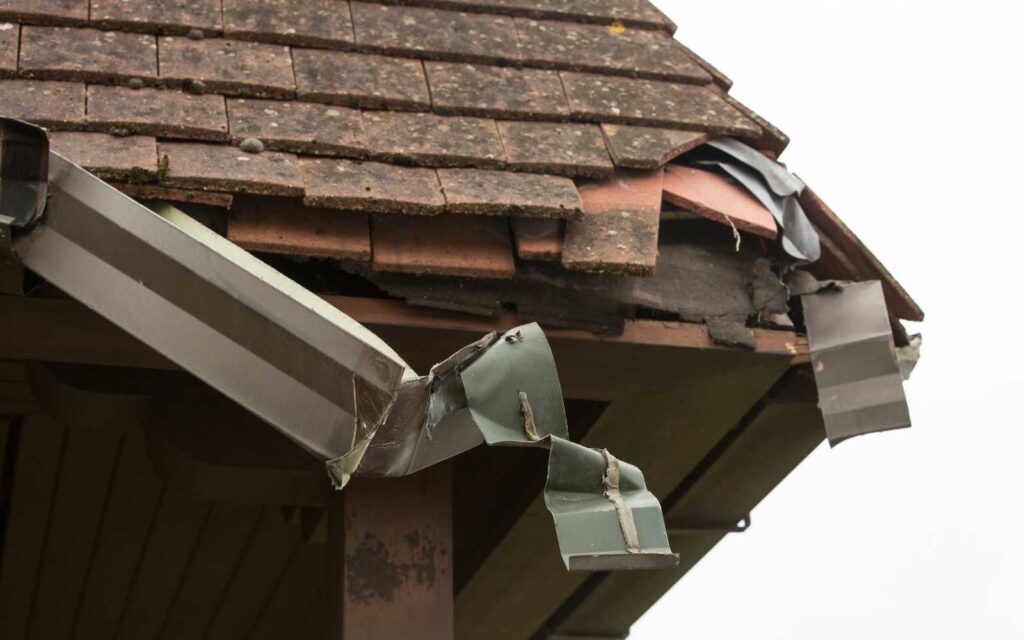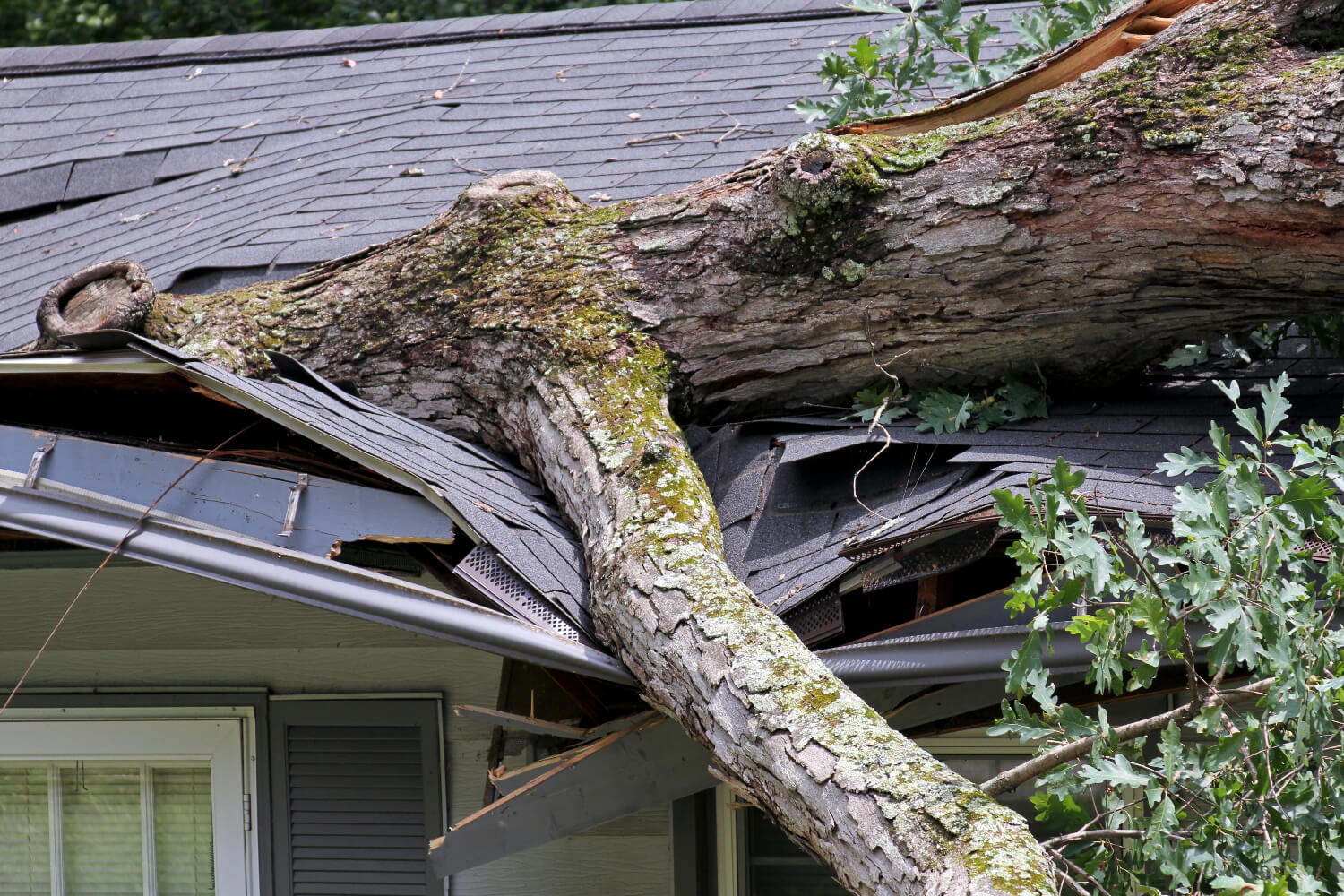How to Handle Emergency Roof Repairs Like a Pro

Your roof is your home’s first line of defense against the elements, but when unexpected damage strikes, knowing how to respond quickly can make all the difference. Whether it’s a powerful storm, fallen tree branch, or sudden leaks, handling emergency roof repairs efficiently is crucial to protecting your home and avoiding long-term structural issues.
In this guide, we’ll walk you through the essential steps to take when disaster hits and how proactive roof maintenance can help prevent emergencies in the first place.
Understanding the Importance of Roof Maintenance
The best way to handle emergency roof repairs is to try and avoid them altogether, which is easier said than done, as things happen. Regular roof maintenance helps identify weak points before they turn into major problems. You might not always be thinking about your roof when it comes to maintenance around the house, but if your roof is left unchecked or neglected, small issues like loose shingles, minor leaks, or clogged gutters can escalate, leading to costly repairs or even full roof replacements.
By scheduling inspections and maintenance, homeowners can significantly reduce the risk of sudden damage. This is especially important in areas prone to extreme weather conditions, such as high winds, hailstorms, or heavy snowfall.

Contact us today to get a FREE estimate!
What to Do When Emergency Roof Repairs Are Needed
Even with the best maintenance routine, emergencies can still happen. When they do, acting quickly is key. Here’s what you should do if you find yourself dealing with a sudden roofing disaster.
1. Assess the Damage Safely
After a storm or sudden impact, your first instinct might be to climb onto the roof and check the damage yourself. However, safety should always come first. Walk around your house and assess the damage from the ground, and if necessary, use binoculars to get a closer look, without having to go up on your roof. Look for obvious signs such as missing shingles, sagging areas, or debris lodged in the structure.
If water is leaking into your home, locate the source of the leak inside and use a bucket to collect water while you wait for professional help.
2. Take Temporary Measures to Prevent Further Damage
If it is safe to do so, you can take temporary steps to minimize the damage while waiting for a professional. Using a tarp to cover the affected area can help prevent additional water from seeping in. Make sure the tarp is secured tightly to avoid it being blown away.
If there’s significant water coming into your home, move furniture, electronics, and valuables to a dry area to prevent any further loss.
3. Contact a Professional Roofing Contractor Immediately
The sooner you can contact a professional, the better. Emergency roof repairs require expert knowledge, and attempting to fix significant damage on your own can lead to more extensive problems. Many reputable roofing companies offer 24/7 emergency services to help homeowners when they need it most.
Choosing a licensed and insured roofing contractor ensures the repairs are done correctly and in compliance with local building codes. This is especially important if you plan on filing an insurance claim.
The Role of Insurance in Emergency Roof Repairs
Homeowners insurance often covers roof damage caused by unexpected events such as storms, fires, or fallen debris. However, coverage can vary based on your policy and provider. It’s important to note that normal wear and tear or deterioration due to lack of maintenance is typically not covered.
If your roof has aged or suffered neglect over time, you may be responsible for the repairs or replacement costs yourself. Reviewing your policy and keeping up with regular roof maintenance can help ensure you’re adequately protected when emergencies arise.
Long-Term Strategies to Prevent Roof Emergencies
Emergency repairs can be stressful and costly, but proactive roof maintenance can significantly reduce the chances of unexpected damage. Here’s how you can keep your roof in top condition year-round:
Schedule Regular Roof Inspections
A professional inspection at least twice a year, once in the spring and again in the fall, can help identify small problems before they become a much larger issue. Inspections are especially crucial after severe weather events.
Keep Gutters and Downspouts Clear
When gutters become clogged, water can’t drain properly, leading to backups that cause pooling on your roof. This excess moisture increases the risk of leaks and water damage. Fortunately, preventing this issue is simple, regularly cleaning your gutters ensures proper drainage and protects your roof from unnecessary strain.
Trim Overhanging Trees
Branches hanging over your roof can pose a significant risk, especially during storms. High winds can cause them to break off and land on your roof, which can potentially cause severe damage. Trimming trees and branches around your home can help prevent this risk.
Address Small Repairs Promptly
If you notice minor issues such as a few missing shingles, loose flashing, or small leaks, don’t ignore them as those small problems can quickly become major concerns if left alone.

Conclusion: Be Prepared and Proactive
Handling emergency roof issues and repairs can be overwhelming, but with the right approach, you can minimize damage. Regular roof maintenance is your best defense against unexpected problems, saving you time, money, and stress in the long run.
If you’re dealing with a roofing emergency or want to take proactive steps to protect your home, our team is here to help. Contact us today for expert inspections, repairs, and maintenance services to keep your roof in peak condition year-round.
